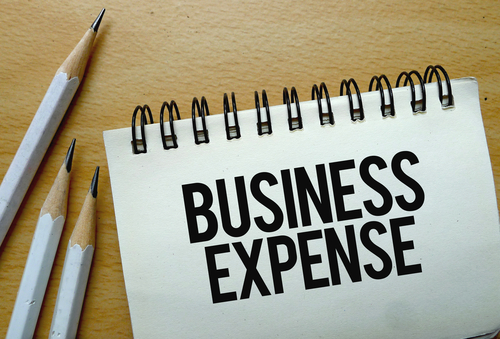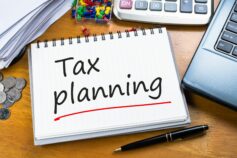Tracking business expenses is an important step in decreasing taxable income. HKA offers our clients a business expense management program that can be accessed through our website. It’s an easy-to-use system in which clients with tax-deductible business expenses may log and efficiently categorize for HKA to use on their tax returns. The best method to save this information includes inputting each expense in the business expense manager (BEM), keeping the receipt (or a copy) in a safe place in the event it would need to be recovered, and staying diligent when logging this information. Letting your receipts pile up is easy, so set a time every week or month to fill out the BEM.
HKA has two excellent client service coordinators, Ellen Siegfried and Katie Donovan, who assist financial advisors and their branch office administrators in operating the BEM and answering their questions. Please don’t hesitate to reach out if you would like to speak with us about how it can be used for your business! We would love to speak with you.
There are a handful of expenses HKA encourages their clients to track, but here are the top 5 expenses to be sure to save:
- Meals have been 100% deductible for the two years and however that may change it’s a crucial part of most business expenses. When adding the payment of lunch with a client in the BEM, one should be sure to add the entire cost with tip and sales tax included.
- Gifts for client can be deducted at $25.00 per client per year, however the entire cost of the gift should be logged in the BEM so your CPA can see the details of the purchase. The “Receipt Title” box is a great way to signify where the gift came from, for example “1-800-Flowers” or “wrapping paper from Target” should give the accountant the information they need.
- Charitable Donations are key to any list of deductible expenses. While there may not be a traditional receipt on hand when giving to charity, but a “Thank You” letter or email stating the amount and the organization should be saved in the same place.
- Mileage should be recorded when driving for business purposes. Business miles are reported as a percentage of total miles on a tax return so it’s important to note the odometer reading at the start and end of the year.
- Cell phone costs should be input in the BEM, but only the amount that’s connected to the business owner. Differentiate the lines on the bill if there’s a family plan; this could include the cost of the device as well.


